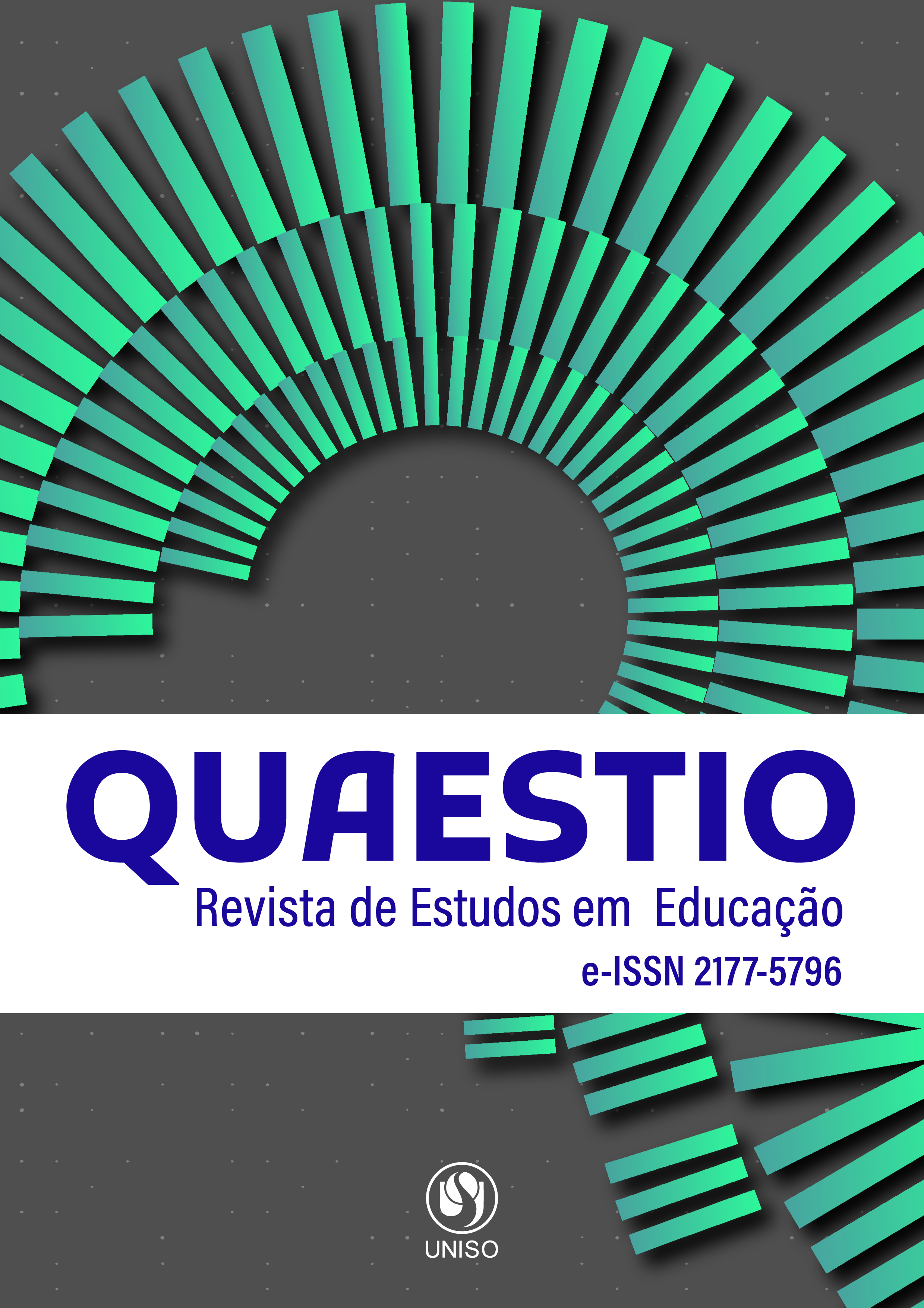Cultural and symbolic capital in the relationship between the curriculum and external evaluation
DOI:
https://doi.org/10.22483/2177-5796.2024v26id5360Keywords:
cultural and symbolic capital, large-scale assessment, curriculum.Abstract
This article aims to analyze the relationship between curriculum and large-scale assessment by transposing Bourdieusian notions of cultural capital and symbolic capital, understanding them as an analytical resource for elucidation. This is a qualitative bibliographical study, which explores the analytical potential of Pierre Bourdieu for the field of educational policy, in conjunction with the educational assessment studies of Stephen Ball, Nigel Brooke and Luiz Carlos de Freitas. The proficiency levels of large-scale assessment are pointed out, functioning as symbolic capital of the school curriculum as legitimized cultural capital in the neoliberal system. The dialectical relationship between curriculum and external assessment is structured as the proficiency results represent the idealized cultural capital, in quantitative terms of competences and skills acquired in the school trajectory, in which there is a predisposition to recognize culture as a performance curriculum, according to the categories of youth perception engendered.
Downloads
Downloads
Published
How to Cite
Issue
Section
License
Copyright (c) 2024 Quaestio - Revista de Estudos em Educação

This work is licensed under a Creative Commons Attribution 4.0 International License.
Esta licença permite que outros remixem, adaptem e criem a partir do artigo para fins não comerciais, desde que atribuam ao(s) autor(es) o devido crédito e que licenciem as novas criações sob termos idênticos.
Os artigos publicados são de total e exclusiva responsabilidade dos autores, que mantêm os direitos autorais e atribuem o direito da primeira publicação para a Quaestio: Revista de Estudos em Educação do Programa de Pós-Graduação em Educação da Universidade de Sorocaba.
Outros acordos contratuais podem ser feitos pelos autores, para posterior distribuição da versão do artigo (por exemplo em páginas institucionais ou pessoais, ou em livro), explicitando que o trabalho foi publicado nesta revista .

















